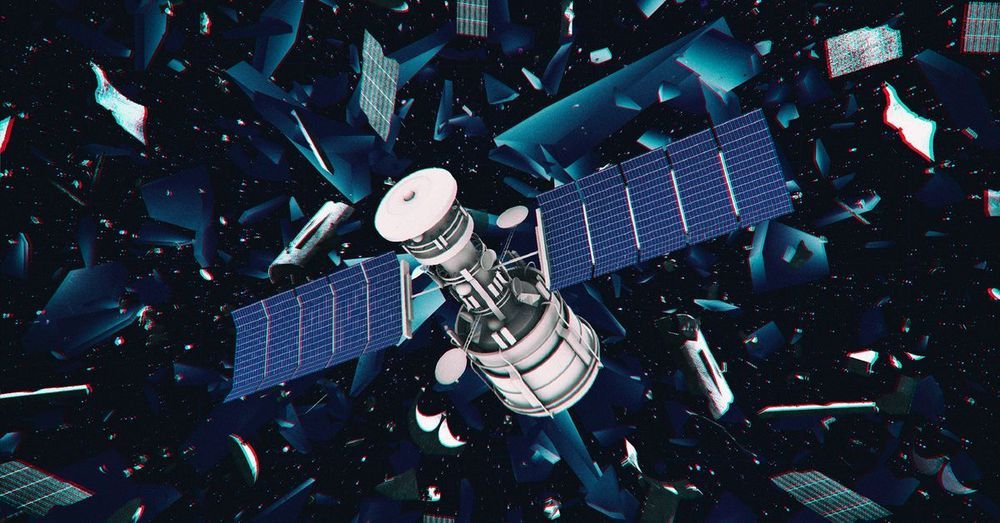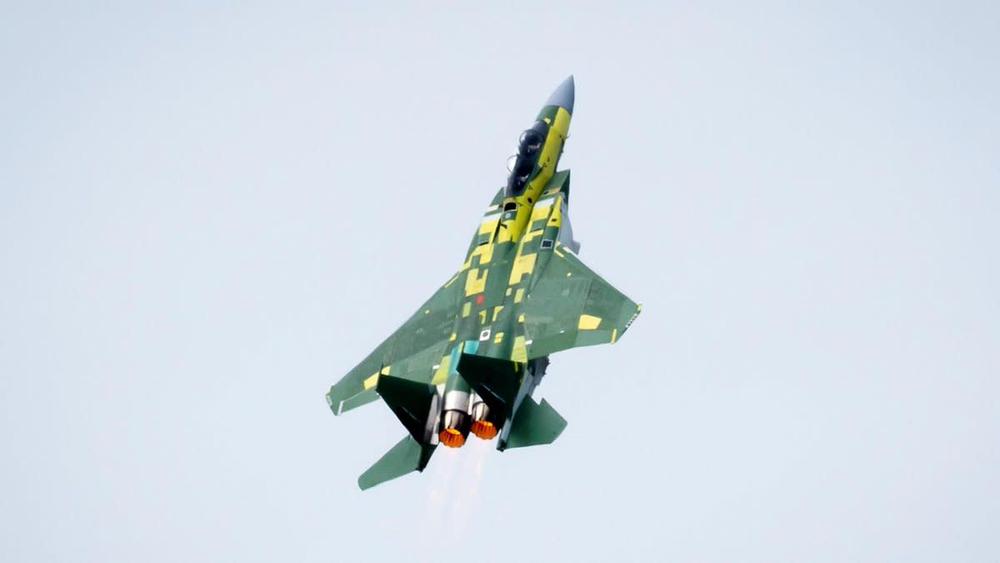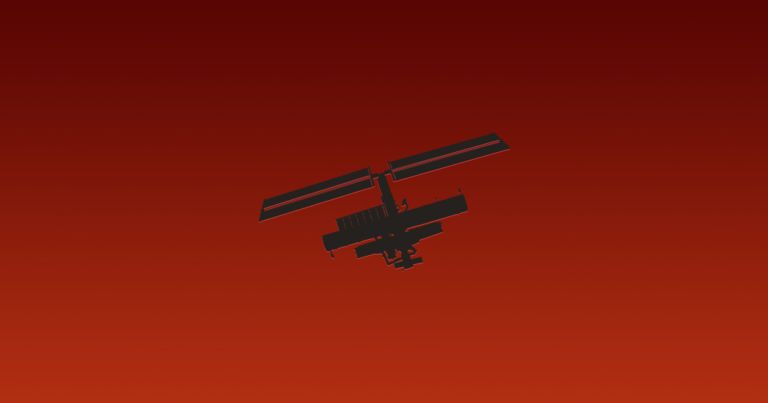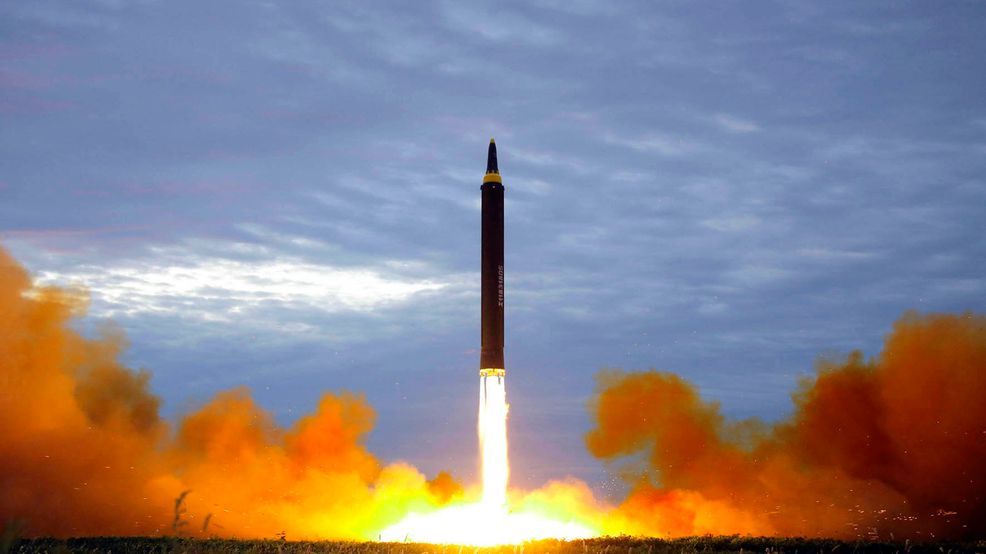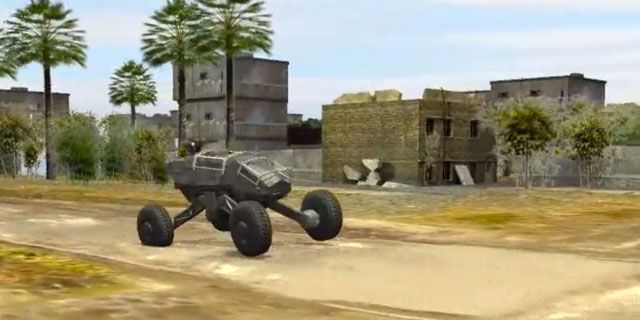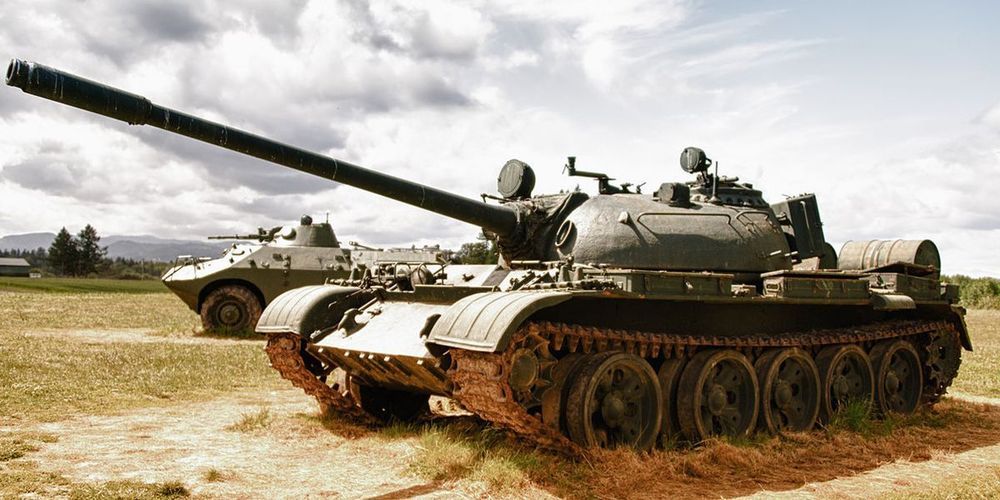Among the ongoing mysteries surrounding last week’s arrest of Harvard University nanoscientist Charles Lieber is the precise nature of the research program Lieber was conducting in his cooperation with Chinese researchers.
Lieber was arrested on 28 January on charges of making false statements to U.S. law enforcement officials and federal funding agencies about a collaboration he forged with researchers in China. He was released two days later on a $1 million bond. An affidavit outlining the charges against Lieber notes that in January 2013, he signed an agreement between Harvard and Wuhan University of Technology (WUT) in China. According to the affidavit, “The stated purpose of the agreement, which had a five-year effective term, was to ‘carry out advanced research and development of nanowire-based lithium ion batteries with high performance for electric vehicles.’”
Officials at WUT have not responded to requests for comment on their agreement with Lieber. But it outlines just the kind of high-tech work that U.S. prosecutors involved in efforts to investigate Chinese attempts to acquire advanced technology from U.S.-based researchers say they are concerned about. They allege that the Chinese government has used such collaborations to improperly take advantage of the federally funded research enterprise, and gain an edge in economic and military advances.

